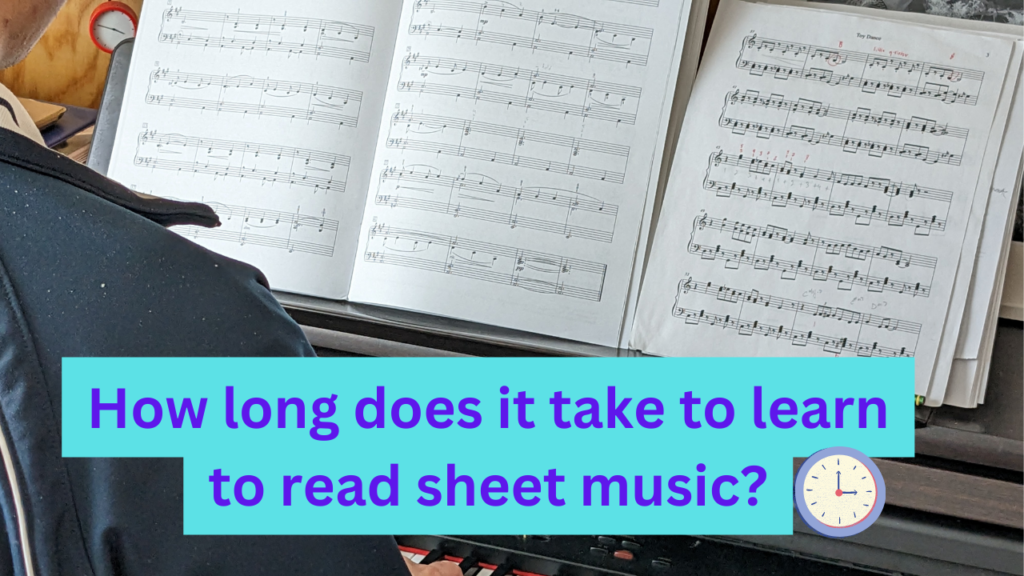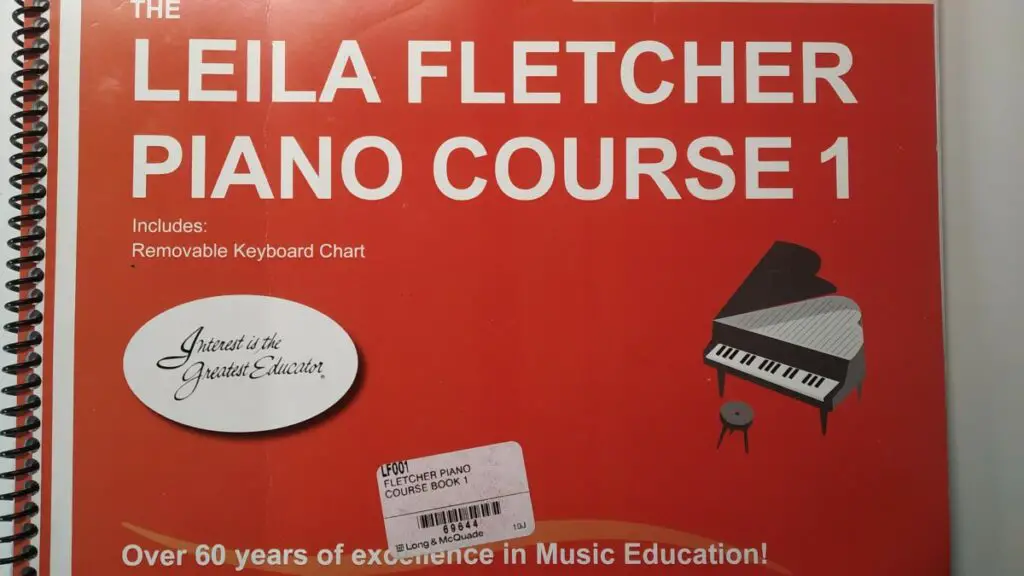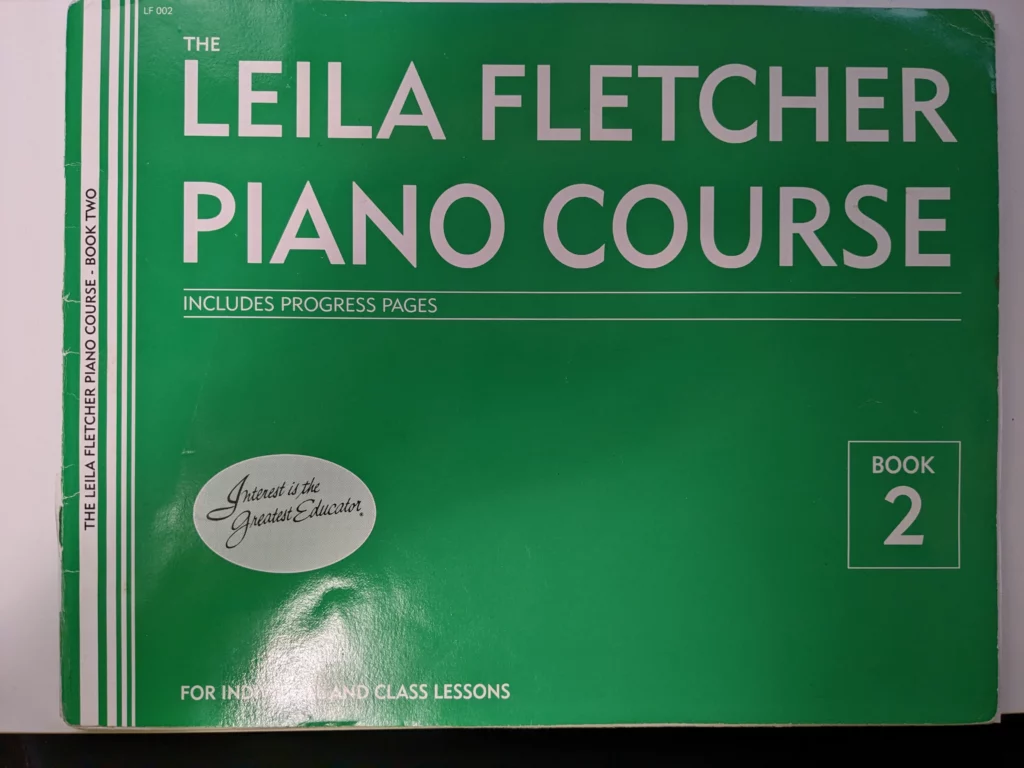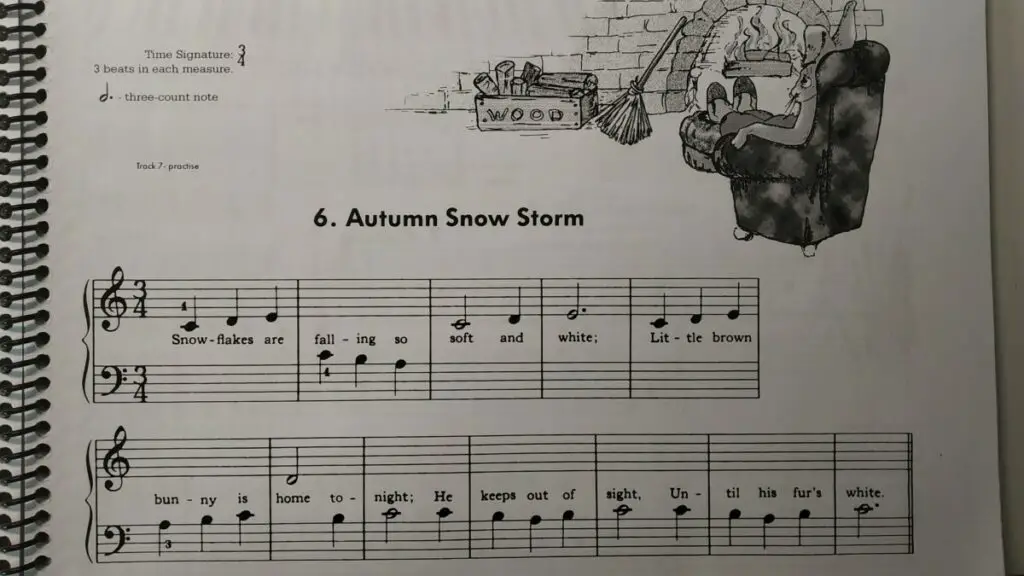This post contains affiliate links.
Today’s question is: “How long does it take to learn to read sheet music”? Many have this question to see if it’s worth the time and effort. They may want to know if they can fit it into their daily lives.

It takes a few months for a beginner to learn the basic notations of sheet music. However, it takes at least 1.5 to 2 years to be proficient at reading more difficult music or mastering sight-reading, which is the ability to read and play any piece of music without prior preparation.
I invite you to continue reading to understand where these numbers come from, what makes difficult sheet music difficult, and what the differences are between sight-reading and regular reading.
How long does it take to learn to read sheet music?
As a beginner, one of the best ways to learn sheet music is by studying children’s music books. Children’s music books must explain the different notations of sheet music so that even a child can easily understand them.
Furthermore, one of the many advantages of children’s music books is their flexibility. Book series are split into many volumes so you can learn at your own pace. Thus, you can quickly learn the basics in as little as a few weeks or a few months if you like to take your time learning.
For example, when I started learning piano as a young adult, my teacher had me pick up the Leila Fletcher Piano Course series. There are six volumes, but I only did the first two to learn the basics before moving on to learning full-length piano pieces.


I enjoyed learning these books because, after every new lesson, the books let you put that fresh knowledge into action by letting you play some short pieces. Also, every page has cute illustrations to make looking at it less boring.

Once you have a solid foundation of the basics of sheet music, it’s time to apply that knowledge by playing full-length music pieces. Of course, as harder music pieces have harder sheet music, you’ll be spending more and more time as the difficulty goes up. So don’t be expecting to go from being able to read “Twinkle Twinkle Little Star” to Beethoven’s “Moonlight Sonata” (considered one of the more difficult piano pieces) in a month.
Aside from the sheet music, other factors determine a piece’s difficulty. Check out this article for more information.
Thus, it’ll take at least two years of playing and practicing to be familiar and comfortable with reading sheet music. But once you reach that point, you won’t be intimidated and deterred by any new music sheet.
On the other hand, we have sight-reading. Usually, when learning a new piece, especially a harder one, we need to read the sheet and ensure we’re playing the right note on the piano or other instruments. After many practice sessions, we commit the piece to our memories and can play using muscle memory from then on.
Sight-reading is the ability to read and play simultaneously any music piece without prior preparations. If that sounds hard, it’s because it is. Sight-reading is a skill that also needs years of practice to master, and even then, it’s still impossible to sight-read more advanced pieces. That’s why many recommend sight-reading easier pieces 2-3 levels below what you can currently play when practicing sight-reading.
Factors that determine how quickly a person learns to read music
Many factors affect how quickly a person learns to read sheet music, like how much time they can invest, their musical experience, their goal, and how motivated they are, etc.
Of course, the numbers above are all estimates. Everyone is different, so don’t feel like you’re failing if you can’t meet these expectations.
As long as you can look back at yourself from 6 months ago and confidently say that you’ve improved, you’re in good shape and will continue improving, regardless of how long it takes. Take it slow and enjoy the journey unless you want to become a professional musician; then, that’s a different conversation.
Why it’s always worth it to learn to read sheet music
Regardless of how long learning to read sheet music takes, it’s always worth it. Knowing how to read sheet music allows you to play any instrument, which gives you a sense of enjoyment and self-expression that is hard to find in other areas of life. You can compose your own music to express your creativity or play an instrument to relax and kick back after a hard day of work or school.
Aside from self-fulfillment, knowing how to read sheet music also improves your skills as a musician, along with many more benefits. Check out this article for more information.
Furthermore, by learning to read increasingly difficult sheet music, you get a challenge and a goal to work towards. It will be frustrating at times, but the satisfaction you get after finishing makes it all worth it.
Tips and tricks for learning to read sheet music
While it’s good to practice every day, with these 5 tips and tricks that I share in this article, learning to read sheet music will be a breeze for you, or at least make it a bit easier for you.

